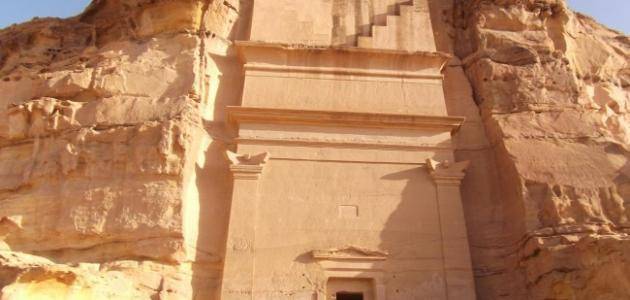The United Nations Educational, Scientific and Cultural Organization (UNESCO) announced the addition of several new archaeological sites to the World Heritage List during the 46th session of the World Heritage Committee held in India. Among these additions are sites in Arab countries, reflecting the rich cultural and historical heritage of these areas, including:
**Al-Faw Archaeological Site in Saudi Arabia**
The "Cultural Landscape of the Al-Faw Archaeological Site" in Saudi Arabia has been listed as a World Heritage site. This archaeological village is located on the edges of the Empty Quarter, about 700 kilometers southwest of the capital, Riyadh. Al-Faw was the capital of the "Kingdom of Kinda" and is considered one of the most important archaeological sites in the Arabian Peninsula, reflecting the life of Arab cities before Islam.
**Umm al-Jimal Site in Jordan**
The World Heritage Committee has listed the "Umm al-Jimal" archaeological site in northern Jordan on the World Heritage List. The site dates back to the 1st century AD and features a rich collection of inscriptions in multiple languages including Greek, Nabataean, Latin, and Arabic. The site is named "Umm al-Jimal" due to the use of camels in the trade caravans that passed through it.
**St. Hilarion Monastery in Gaza Strip**
The St. Hilarion Monastery (Tel Umm Amer) in the Gaza Strip has been added to the World Heritage and endangered heritage lists. This inclusion underscores the site's outstanding universal value and emphasizes the necessity of protecting it from risks. The monastery represents an important part of the religious and historical heritage of the region.




